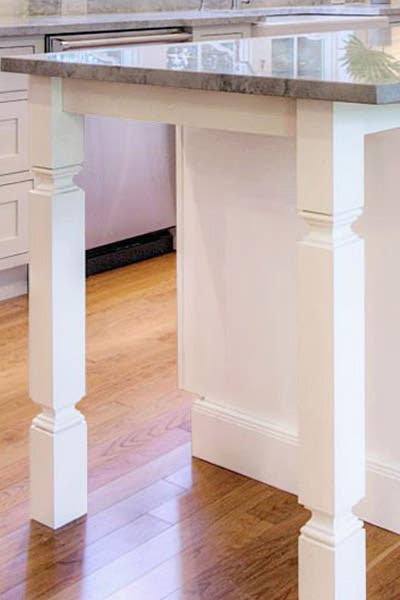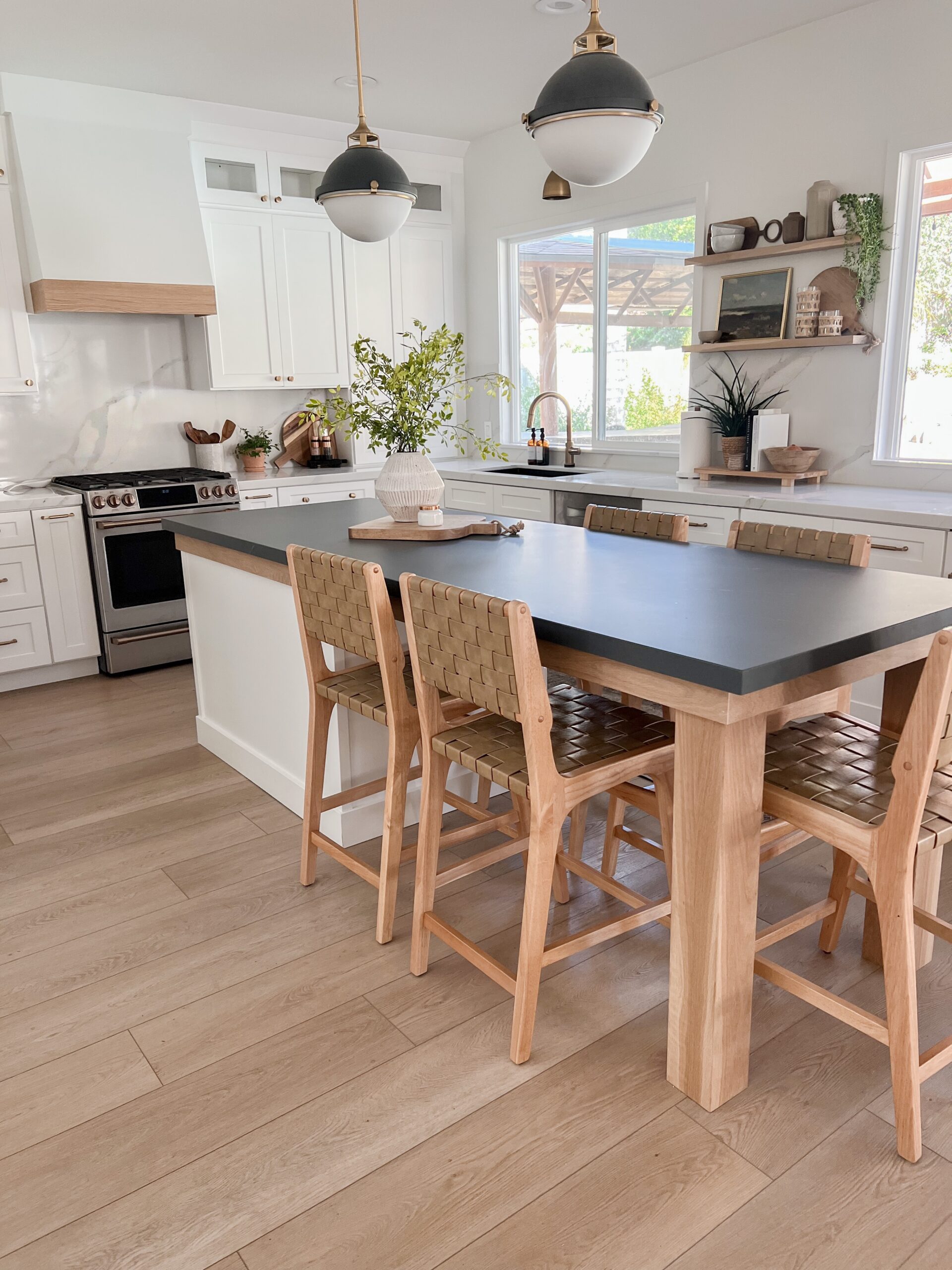Achieve the Perfect Balance of Type and Feature with Legs For Kitchen Island
Achieve the Perfect Balance of Type and Feature with Legs For Kitchen Island
Blog Article
Vital Elements to Consider When Selecting Legs For Cooking Area Island
Picking the suitable legs for a cooking area island involves a cautious analysis of several variables that can considerably affect both functionality and aesthetic allure. As we explore these components, it becomes clear that each choice can have far-ranging implications for the general cooking area experience.
Material Options
When choosing legs for a cooking area island, understanding the different product alternatives is important for accomplishing both visual allure and structural integrity (Legs For Kitchen Island). The option of product dramatically influences not only the toughness of the island yet also its overall style and performance
Metal legs, often made from stainless steel or wrought iron, add a modern-day and commercial feel while guaranteeing resilience and stability. These products are immune to use and can support substantial weight, making them perfect for larger islands.
Another choice is engineered products, like MDF or plywood, which can be extra economical while still using a variety of finishes. They might not give the exact same level of security as solid wood or steel. Legs For Kitchen Island. Finally, materials such as acrylic or glass can develop a modern look, though they might need additional assistance to guarantee security.
Ultimately, the option of material for kitchen island legs must align with the wanted functionality and the total style of the cooking area.
Style and Layout

When thinking about style, the shape and finish of the legs are crucial. Tapered legs can offer a sense of lightness and elegance, while thicker, more durable legs can share toughness and security. Furthermore, the surface-- be it painted, stained, or all-natural-- need to enhance the cabinets and counter top materials to create a unified appearance.
Additionally, the style of the legs can also reflect individual preference. Customized or decorative legs, such as those including detailed makings or distinct geometric shapes, can function as prime focus, adding personality and character to the kitchen. Ultimately, the appropriate option will not just improve functionality yet likewise elevate the visual charm, making the kitchen island a standout function of the home.
Height Factors To Consider
Picking the suitable elevation for kitchen island legs is important, as it straight impacts both performance and convenience. The basic elevation for a cooking area island generally varies from 36 to 42 inches, straightening with common counter top elevations.

It is likewise important to account for customers' preferences and elevations. Personalizing the height can make certain a comfortable experience for all relative, making the cooking area island a much more enjoyable and useful area.
Weight Assistance
Guaranteeing adequate weight support for cooking area island legs is crucial for both safety and performance. The cooking area island typically offers several objectives, including cooking, dining, and added storage, requiring a durable support framework. When picking legs, it is important to take into consideration the overall weight capability called for based on the island's meant usage and the materials that will be positioned on it.
The choice of material for the legs plays a considerable role in their weight-bearing abilities. Strong wood, metal, and durable compounds normally supply premium strength compared to lighter materials. Furthermore, the layout of the legs-- whether they are straight, tapered, or have a pedestal type-- can affect their capacity to disperse weight effectively across the structure.
Always speak with the producer's specifications regarding load restrictions to make sure that the legs can maintain the designated weight address without compromising safety. In recap, picking kitchen area island legs with sufficient weight support is necessary for developing a risk-free and functional culinary space.
Installment and Upkeep
Appropriate installation and upkeep of kitchen area island legs are vital for guaranteeing long life and security. To begin, it is necessary to adhere to the maker's guidelines throughout setup. This often entails protecting the legs to the island base utilizing suitable bolts, guaranteeing that the legs are level and lined up. Utilizing a degree tool can aid avoid tottering and enhance the total aesthetic allure of the kitchen area island.
As soon as installed, routine upkeep is necessary to protect the honesty and appearance of the legs - Legs For Kitchen Island. For wood legs, routine cleaning Check This Out with a moist towel and application of suitable wood gloss can protect against moisture damages and keep their finish. Metal legs might call for a mild cleaning service to get rid of oil and grime, complied with by a completely dry towel to avoid rust development
Furthermore, check the legs regularly for signs of wear or damage, such as cracks or loose joints. Tightening screws or screws as required can additionally lengthen the life-span of the legs. By sticking to these installment and upkeep techniques, home owners can make certain that their cooking area island continues to be tough and visually appealing for many years to find.
Conclusion

Aesthetic coherence is vital in picking the design and layout of legs for a kitchen island, as these elements significantly influence the general atmosphere of the area. Conical legs can offer a sense of agility and style, while thicker, a lot more robust legs can convey strength and stability.Choosing the ideal elevation for kitchen island legs is vital, as it directly impacts both functionality and convenience. In summary, choosing kitchen island legs with appropriate weight support is vital for creating a safe and functional cooking room.
In final thought, choosing legs for a kitchen area island necessitates careful factor to consider of numerous aspects, consisting of material options, design, elevation, weight support, and installation.
Report this page